Entertainment
DQ 1955 Nash Metropolitan: A Compact Marvel of Automotive Innovation
In the post-World War II era, the automotive landscape was undergoing a transformation, and the 1955 Nash Metropolitan emerged as a compact marvel that defied the conventions of its time. Produced by American Motors Corporation (AMC) and marketed under the Nash brand, the Metropolitan was a unique and forward-thinking response to the growing demand for smaller, more fuel-efficient vehicles. This pint-sized car, though diminutive in stature, left an indelible mark on automotive History, reflecting the changing preferences of consumers and the ingenuity of mid-century design.
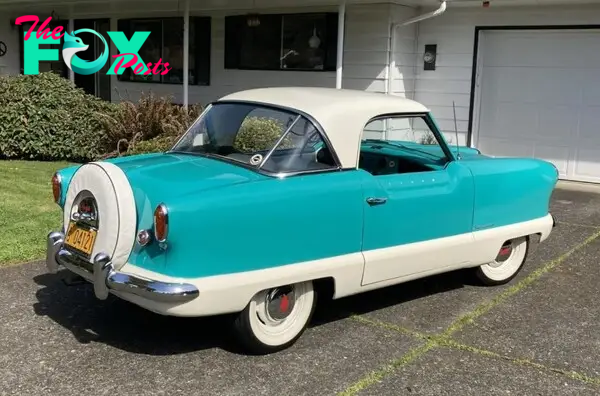
Design and Dimensions
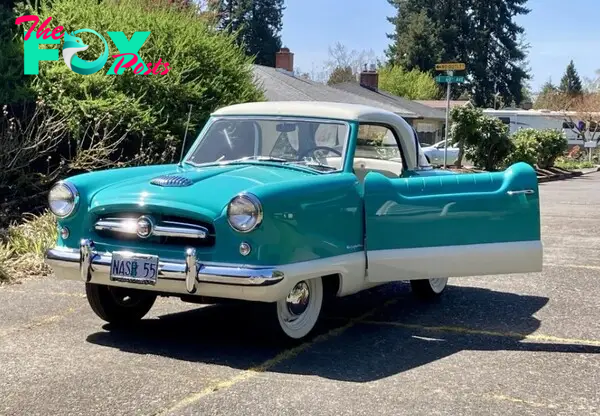
The Nash Metropolitan, introduced in 1954 but gaining prominence with the 1955 model year, was a product of collaboration between Nash and the British automaker Austin. Its design bore the distinctive touch of the renowned Italian design firm Pininfarina. Despite its compact dimensions, the Metropolitan showcased an appealing and stylish exterior that defied the boxy designs prevalent in that era. The car’s playful and charming aesthetics, marked by rounded contours and chrome accents, made it stand out in a crowd of larger, more conventional vehicles.
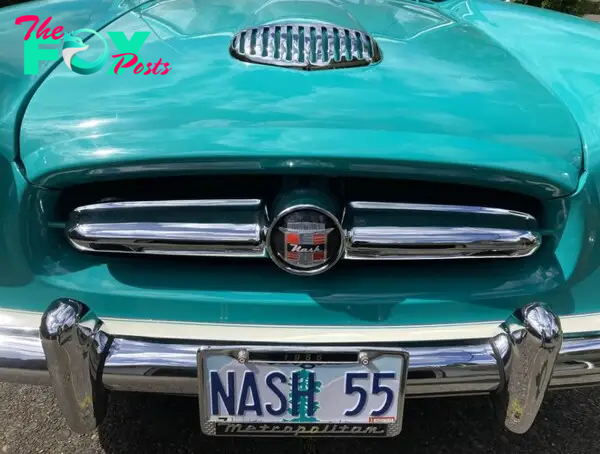
Measuring at a mere 149 inches in length, the Metropolitan was a true subcompact, making it one of the smallest cars on American roads at the time. Its compact size made it an ideal urban commuter, fitting effortlessly into tight parking spaces and maneuvering through crowded city streets. The two-door body style featured a distinct, rounded profile with a rear-mounted spare tire, giving it a whimsical appearance that captured the imagination of consumers seeking an alternative to larger, more conventional automobiles.
Performance and Engine
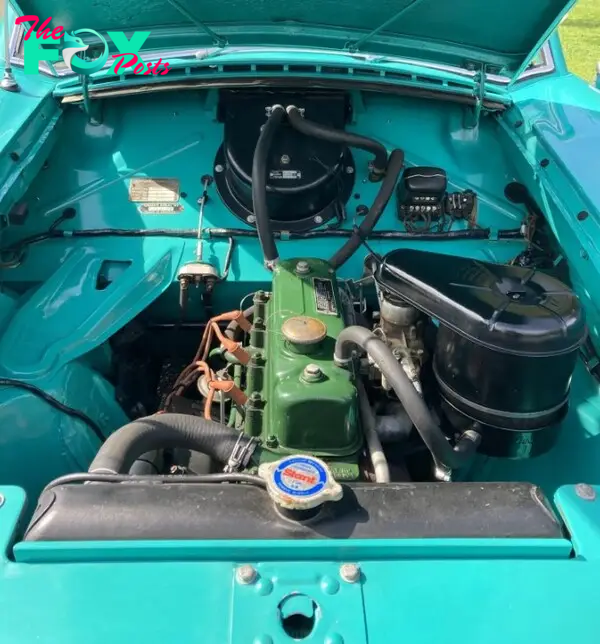
Under the Metropolitan’s diminutive hood lay a modest but efficient powerplant. The 1955 model was equipped with a 1.5-liter, inline-four engine that produced a respectable 52 horsepower. While its acceleration and top speed may not have set any records, the Metropolitan’s emphasis was on fuel efficiency and practical urban driving. The lightweight design and smaller engine contributed to its economical fuel consumption, making it an attractive option during a period when concerns about fuel efficiency were becoming increasingly relevant.
Interior Comfort and Features

Inside the Metropolitan, drivers and passengers found a surprisingly spacious and well-appointed cabin, given the car’s compact dimensions. The two-tone upholstery, stylish dashboard, and chrome accents contributed to an aesthetically pleasing interior that belied its economical price point. Despite its diminutive size, the Metropolitan offered a relatively comfortable ride, providing an unexpected level of comfort for a subcompact car of its era.
Market Response and Legacy

The Nash Metropolitan was met with a mixed response upon its release. While some consumers were drawn to its unique design and practicality, others were skeptical of its unconventional appearance and small stature. However, as the 1950s progressed, the Metropolitan began to find its niche among urban commuters and those seeking a second car for local trips. Its quirky charm and distinct design features made it a memorable presence on American roads.

In retrospect, the Nash Metropolitan has secured its place as an icon of automotive History, representing a departure from the prevailing trends of larger, gas-guzzling cars of the time. Its iNFLuence can be observed in subsequent generations of compact and subcompact cars that emerged in response to changing consumer preferences and the need for more fuel-efficient options. The Metropolitan’s legacy is not only evident in its impact on the automotive industry but also in its enduring status as a beloved classic, celebrated by enthusiasts who appreciate its unique place in mid-century automotive design.
Conclusion
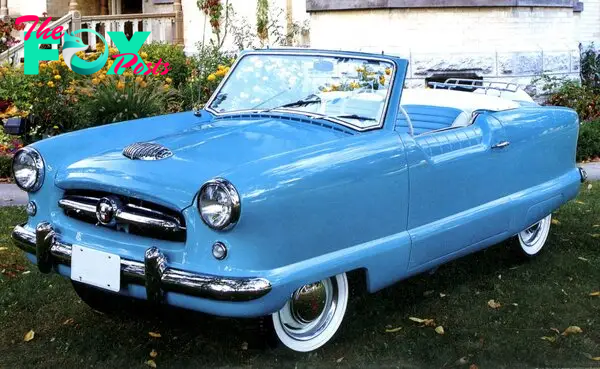
The 1955 Nash Metropolitan stands as a testament to the ingenuity and adaptability of the automotive industry during a period of significant change. In an era dominated by larger automobiles, the Metropolitan dared to be different, offering a compact, stylish, and fuel-efficient alternative. Its distinctive design, efficient engineering, and enduring legacy contribute to its status as a classic that continues to captivate automotive enthusiasts and collectors alike. The Nash Metropolitan remains a charming reminder of a time when small could indeed be beautiful on the American roadways.
-

 Entertainment2h ago
Entertainment2h agoAmerica On CoffeeWe’re simply inviting you to take a timeout into the rhythmic ambiance of our breakfast, brunch and/or espresso alternatives. We’re pleased everytime you cease by.SELF CONTROL
-

 Entertainment4h ago
Entertainment4h agoOrange County Choppers Is Ready For Its Big Comeback
-

 Entertainment8h ago
Entertainment8h agoThe Real Story of Geta and Caracalla, the Roman Brother Emperors in Gladiator II
-

 Entertainment8h ago
Entertainment8h agoWhat Gladiator II Gets Right and Wrong About Real Fights in the Colosseum
-

 Entertainment9h ago
Entertainment9h agoSki Area Officially Opens the Ski Season For New York
-

 Entertainment13h ago
Entertainment13h agoGladiator II Belongs to Denzel
-

 Entertainment13h ago
Entertainment13h agoJJ Velazquez on Finding Freedom, From Sing Sing to Sing Sing
-

 Entertainment18h ago
Entertainment18h ago13 Most Romantic Movies Based on Novels



























